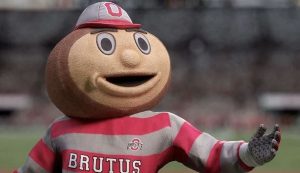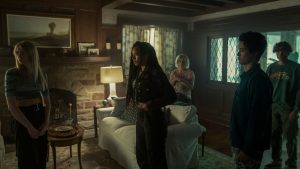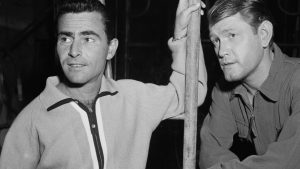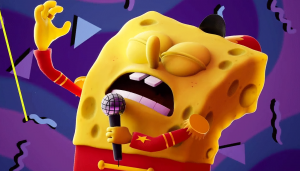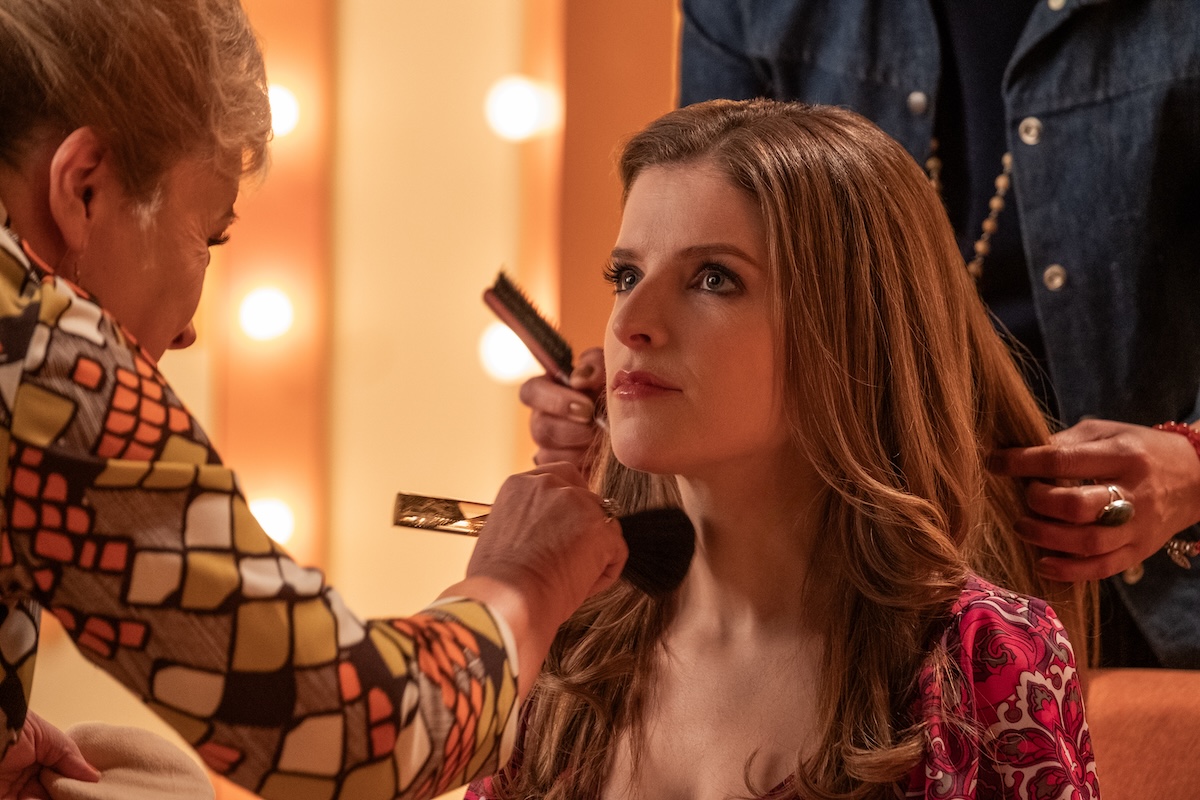
Anna Kendrick’s directorial debut is Woman of the Hour, a crime drama centered on the time when serial killer Rodney Alcala appeared on show The Dating Game, while he was in the middle of his killing spree and had already been arrested and convicted of child molestation twice. Kendrick’s film is not a mawkish biopic of Alcala, it’s more a study of women being unsafe around men and how, certainly in the ’70s in the USA, the police and legal systems let victims down. The story is told through Kendrick’s portrayal of Cheryl Bradshaw, the bachelorette who picked Alcala on The Dating Game and subsequently refused to go on the date with him because she found him creepy. Therefore it doesn’t tick off all the horrific things Alcala did and count of each of the victims – indeed, as the film points out, while Alcala was convicted of killing seven women and girls, some authorities think he could have killed as many as 130 people.
Alcala is the hook here, but a key moment in the film is when the make-up artist Marilyn (Denalda Williams) on The Dating Game chats with Bradshaw between breaks. Bradshaw asks if her questions had gone too far and Marilyn replies that in all her years on the show and whatever questions the women ask, they are always really just asking one thing: “whether he’s going to hurt us”.
Here’s what happened in real life, what the film changed and what that means for the film.
The Dating Game
Alcala did indeed appear on that show, but in reality it played slightly differently. Alcala was bachelor number one. The questions the real Bradshaw asked were less biting and more kinky, and Alcala’s responses were more bland, obvious and gross. First Bradshaw asks him what his “best time” is and he says something about nighttime. She then does the audition thing that movie-Bradshaw does, but she tells Alcala he has to audition as a dirty old man. And her final question is “I’m serving you for dinner: what are you called and what do you look like.”
Alcala replies “I’m called The Banana and I look really good. Peel me.” Please feel free to go and vomit now.
And according to the footage the banana thing actually won him the date. Bleurgh. The date wasn’t to Carmel but was a tennis lesson and a trip to magic mountain, and Bradshaw declined to go.
In the film Bradshaw’s questions appeal to Alcala, who was, in real life, very intelligent. Bachelor number one is shown to be stupid and number two to be sleazy, commenting on the required cup size of the bachelorette. Alcala is the obvious choice.
We don’t know whether the two actually went for a drink after the show in reality, but the dialogue here is obviously fiction. The two talk about Cowboy Mouth, a play produced by Patti Smith and Sam Shepard, and about Edward Albee. Bradshaw is initially impressed by Alcala until he starts to be slightly confrontational. Alcala tries to order another round but the woman behind the bar glances at Bradshaw, who shakes her head; the bar-woman tells Alcala the bar is shut. It’s a tense scene, which culminates in Alcala following and intimidating Bradshaw.
We know Alcala is a serial killer. Bradshaw does not. But she knows she’s not safe.
Meanwhile, in the film, Laura (Nicolette Robinson) who attends the filming of The Dating Game with her boyfriend, recognizes Alcala from a party, where her friend was murdered. She walks out of the show, tries to tell her boyfriend, then the producer of the show but is just palmed off on the janitor. When Laura tells her boyfriend he even suggests that the producers of the show would have checked and she must be mistaken.
The reality is that they didn’t check. The reality is that Alcala was permitted to go on the show even though he’d served two prison sentences. In fact he was reported multiple times by multiple people during the time he was committing his crimes.
The teenager
In the film the young runaway played by Autumn Best is called ‘Amy’. In real life she has a counterpart but the end cards opt not to name her and we will do the same. What actually happened to the teenager was even worse than what’s shown in the film involving multiple incidents initially at his apartment and then in the mountains. She survived and as the film points out, told Alcala not to tell anyone about the rape. She did escape and Alcala was apprehended. But his mother posted bail and he was released. Alcala killed (at least) twice again in 1979 before he was arrested in July 1979, this time without bail.
This isn’t a film that wants to revel in women’s trauma so it doesn’t show what she went through, but the truncated scream she expresses towards the end of the film tells us enough.
Later we see Laura attempt again to report Alcala to the police – they ignore her. Her frustrated scream of “Do your fucking job!” sums up one of the main themes of the film.
The title
What could that title mean? Well it’s how Bradshaw was introduced on The Dating Game for starters, but perhaps it has allusions as to how disposable Alcala saw his victims. Though we don’t know exactly how many women and girls he killed, we do know it was many and his choice of victims was opportunistic. The film very much suggests that Bradshaw could have been the next “woman of the hour” had a group of men not left the studio and startled Alcala as he harassed her at her car. Alcala also had a massive collection of photographs of women, girls and boys in sexually explicit poses.
The title could also refer to Cheryl, Amy, Marilyn, Laura, the woman behind the bar and others who had to step up and become the woman of the hour to protect themselves and other women.
This is a film about a serial killer who was allowed to get away with it for years and his very bizarre dating show appearance, but it also taps deeply into the sense of unease felt by women through the ages.
Woman of the Hour is available to stream on Netflix now.
The post How Woman of the Hour Tweaks the True Story Of The Dating Game Killer to Make a Bigger Point appeared first on Den of Geek.
